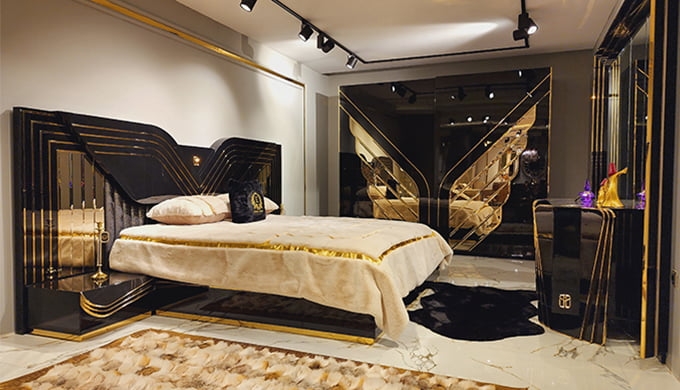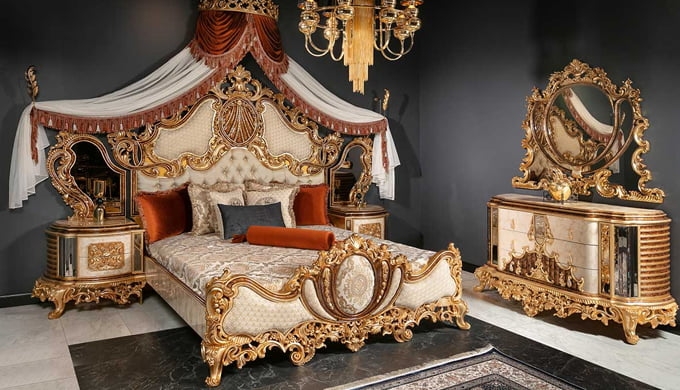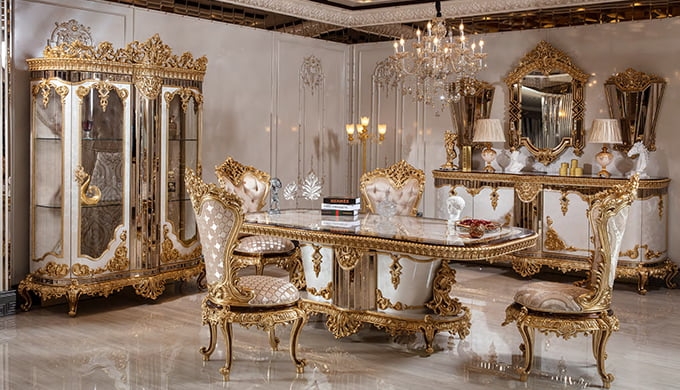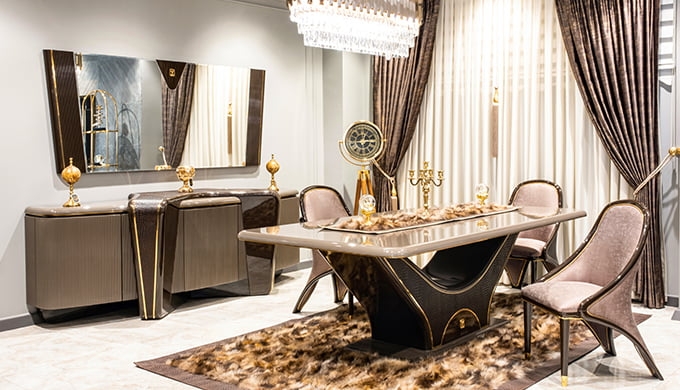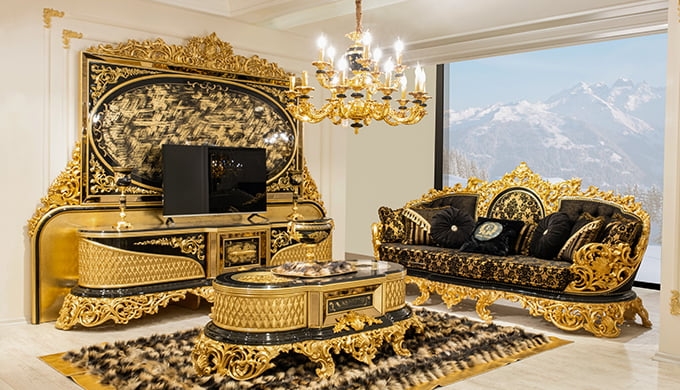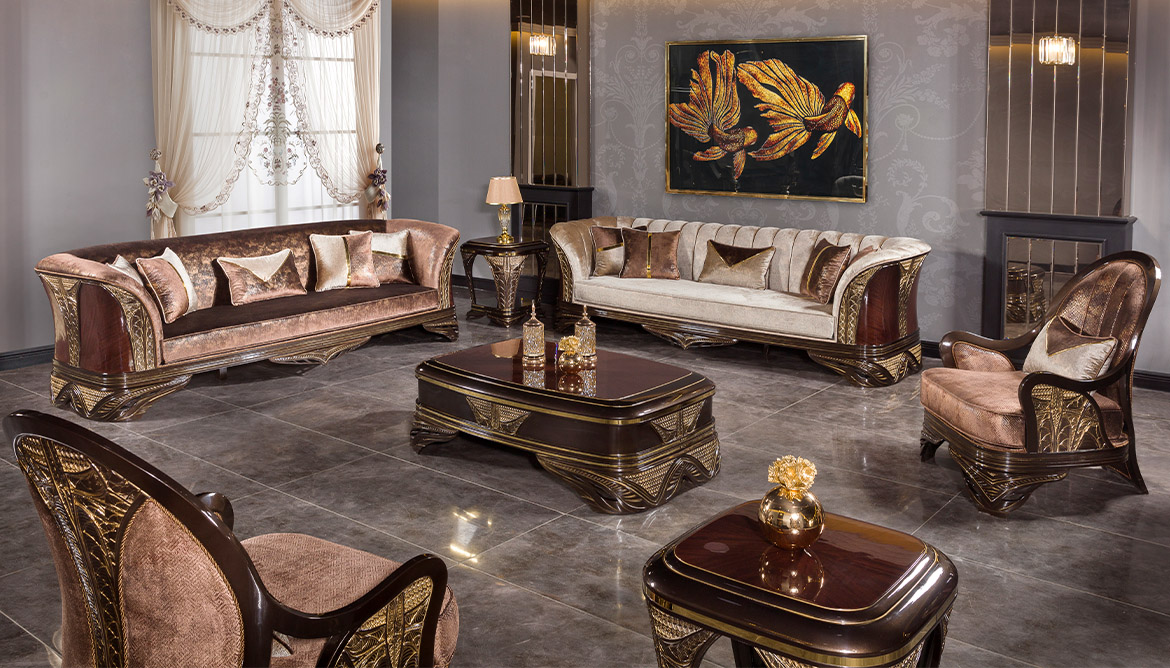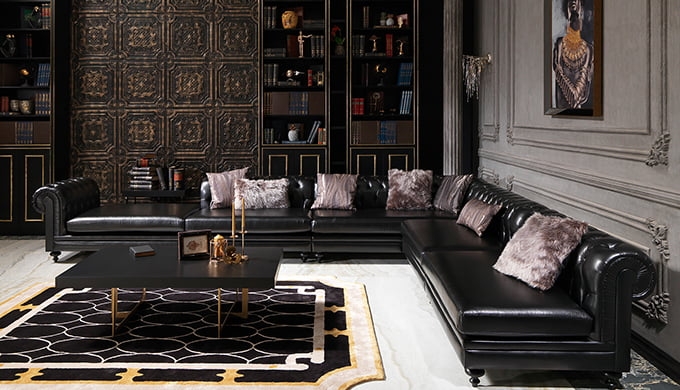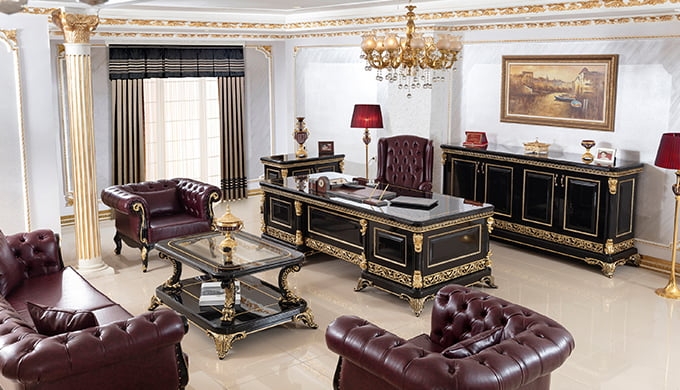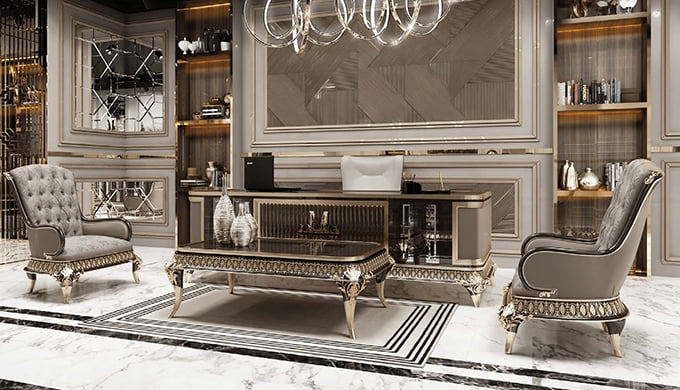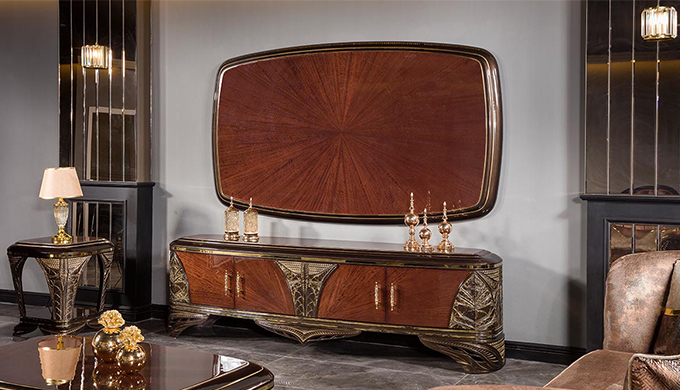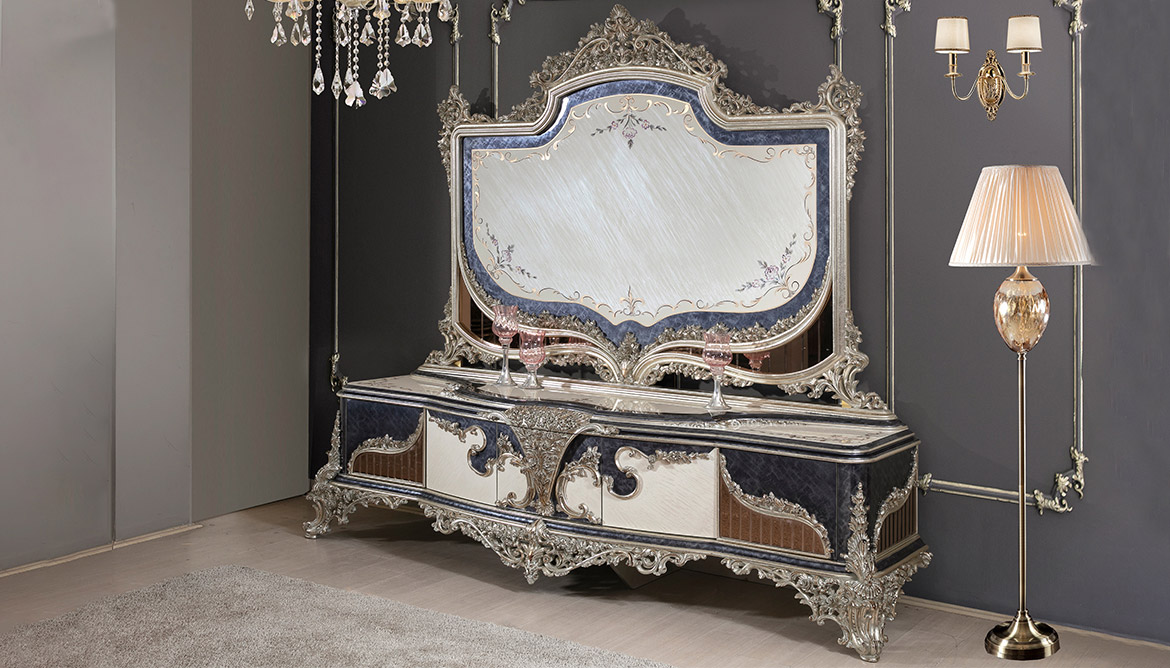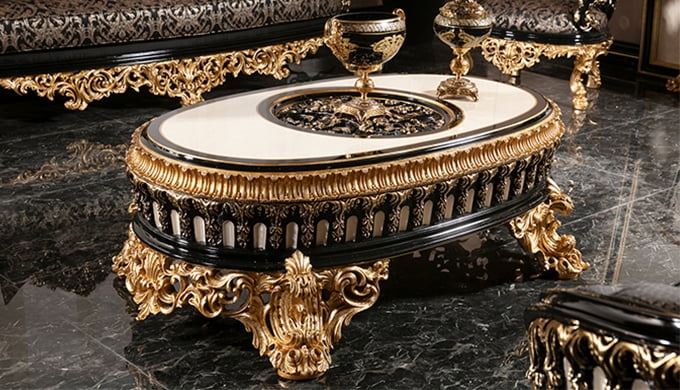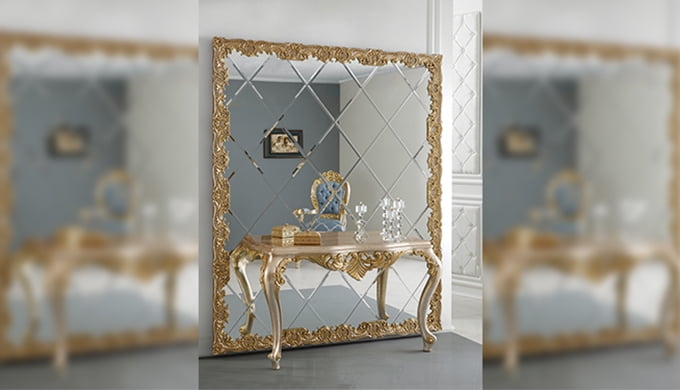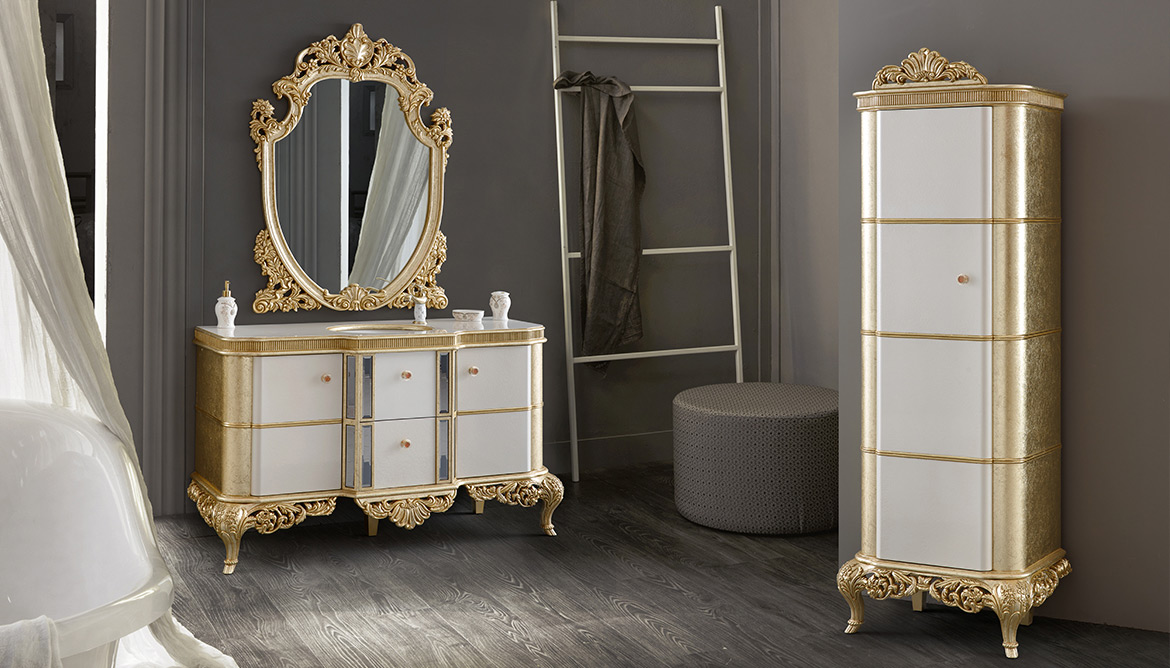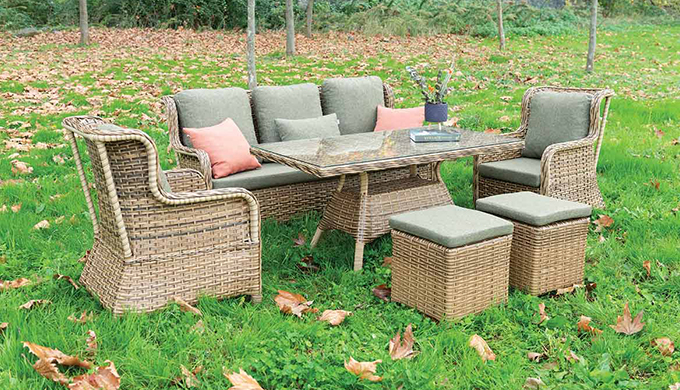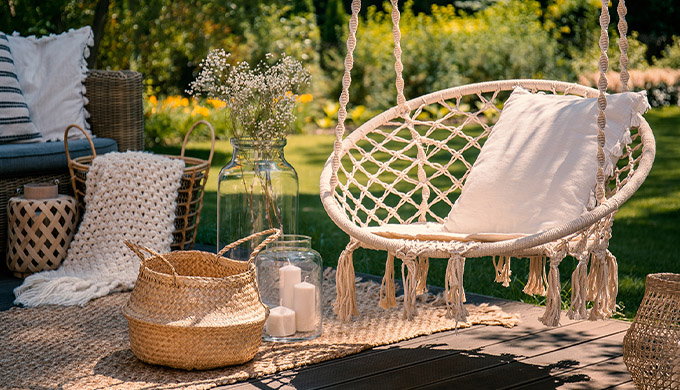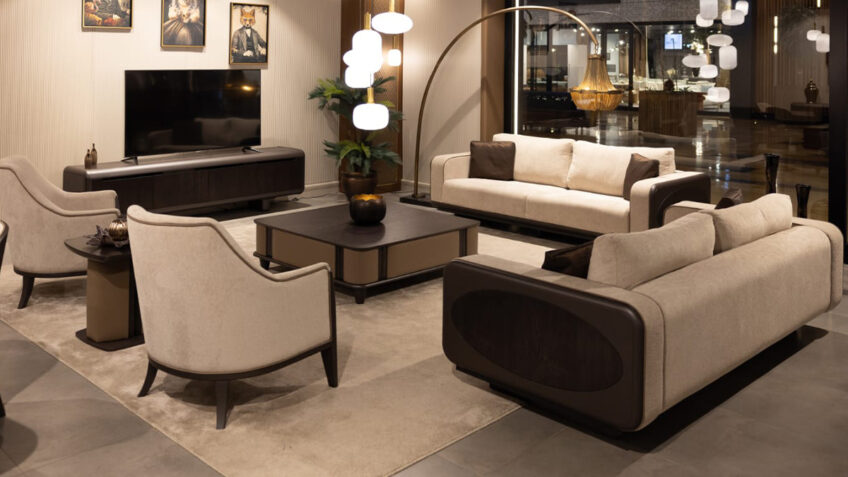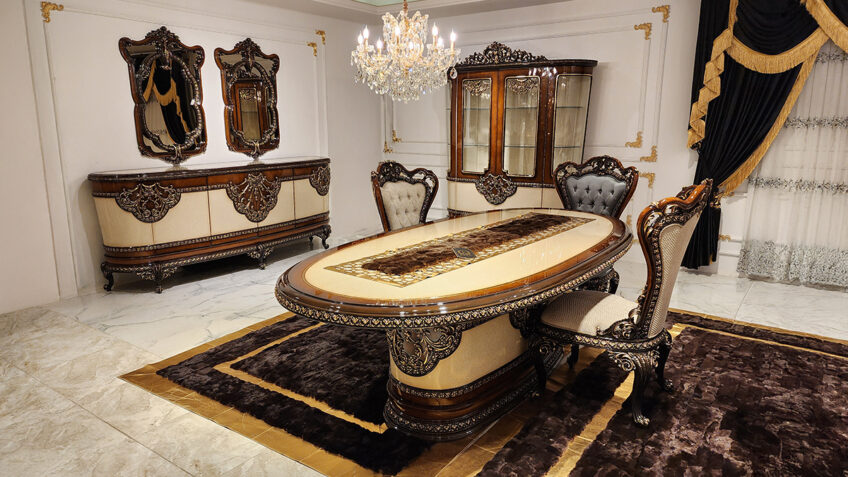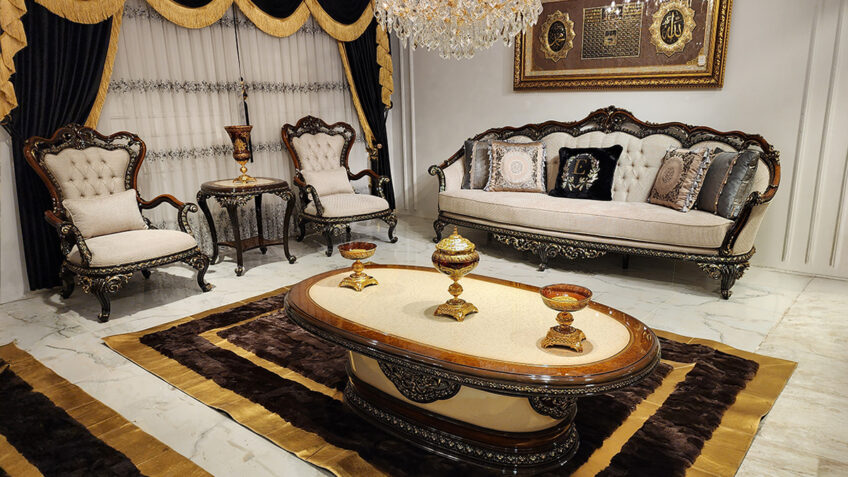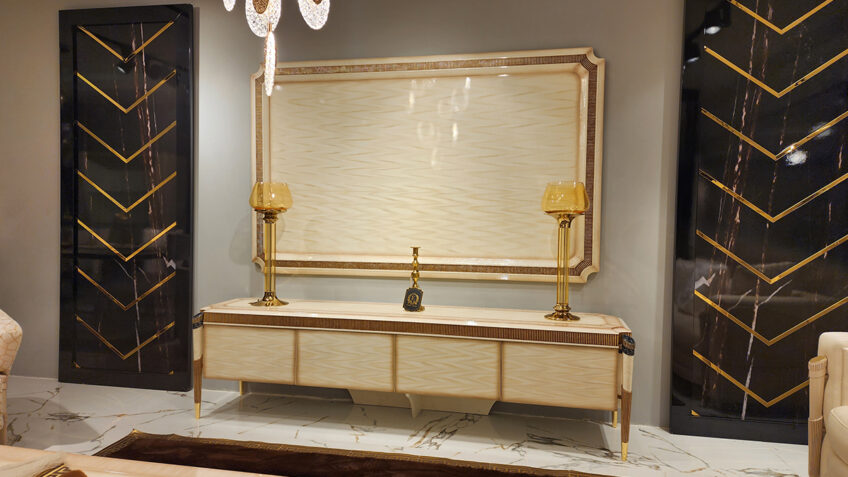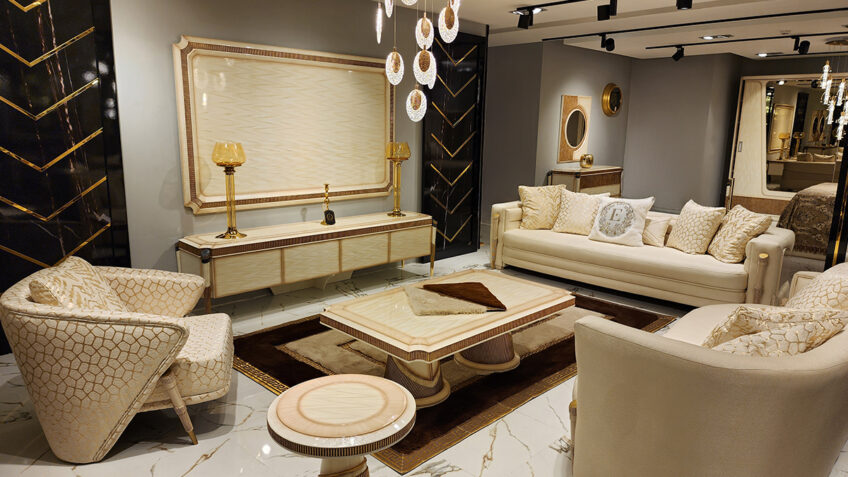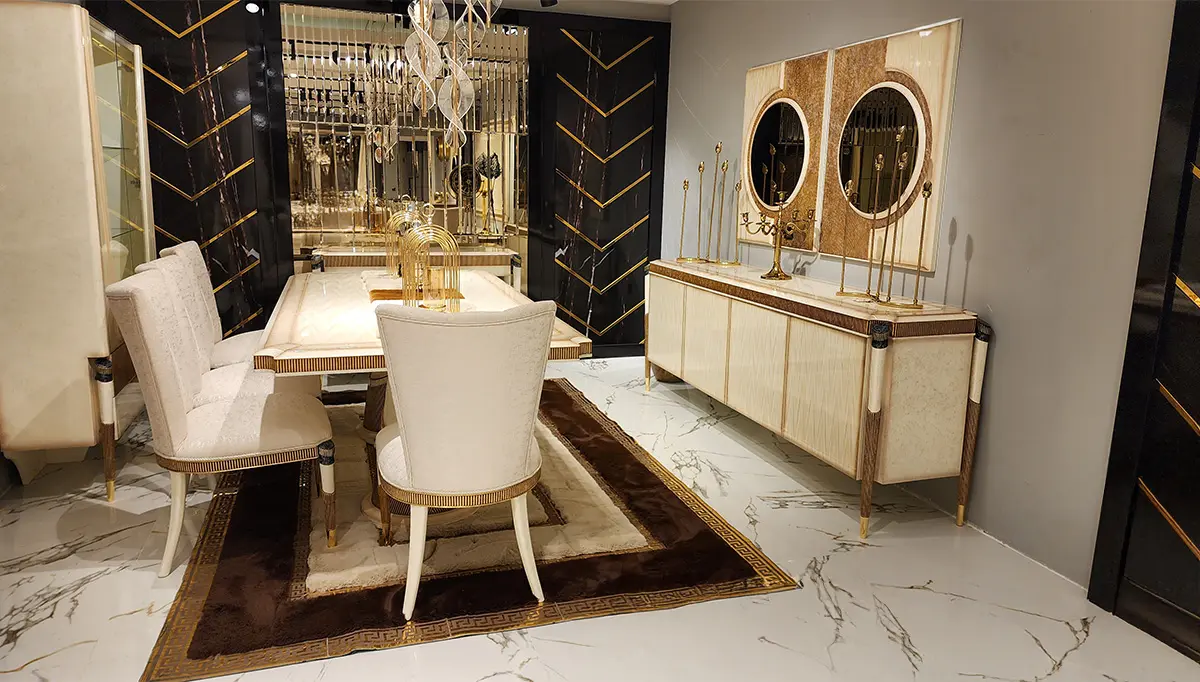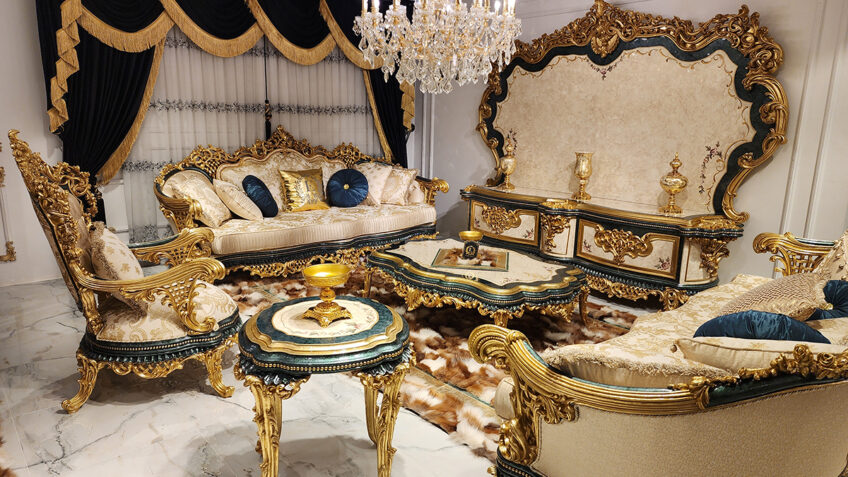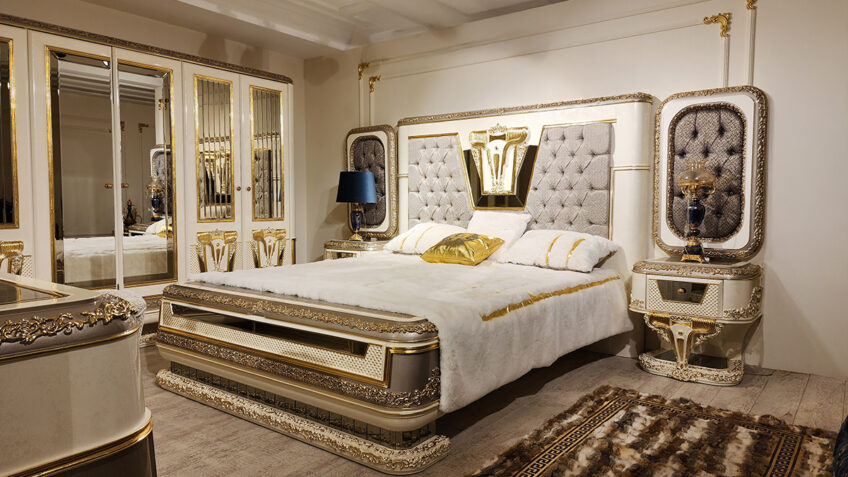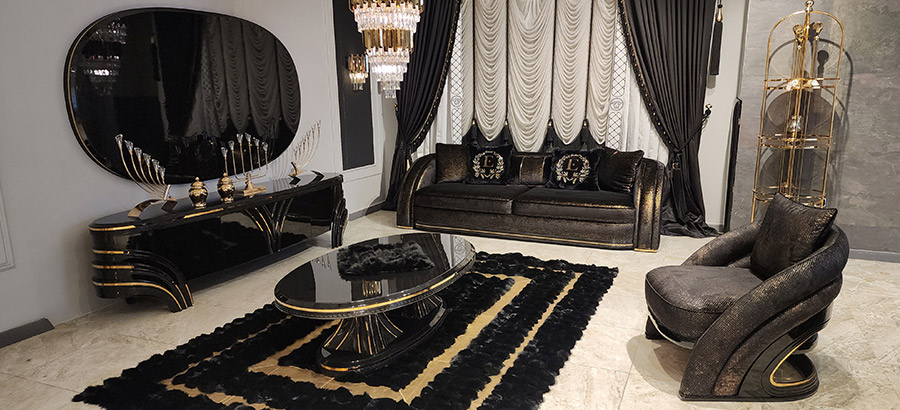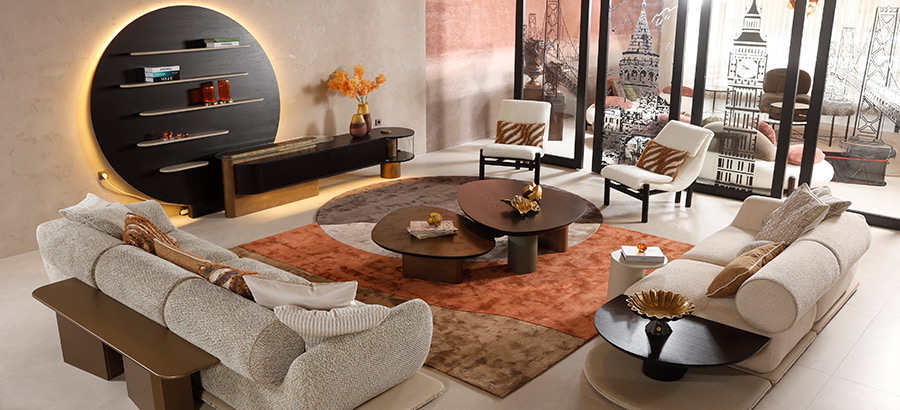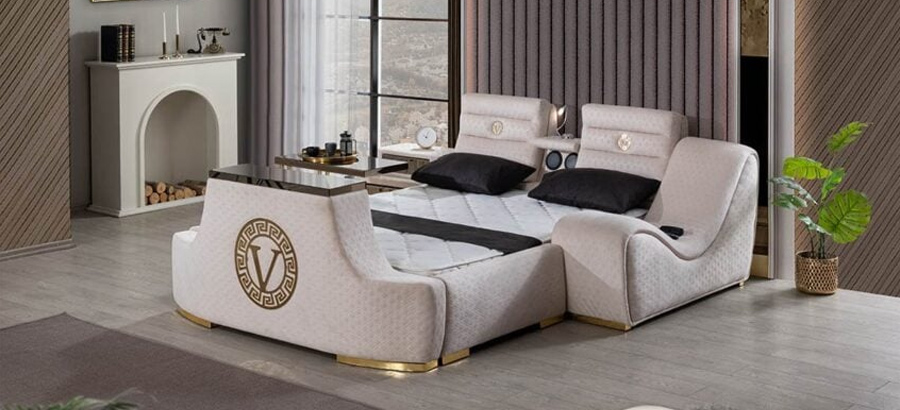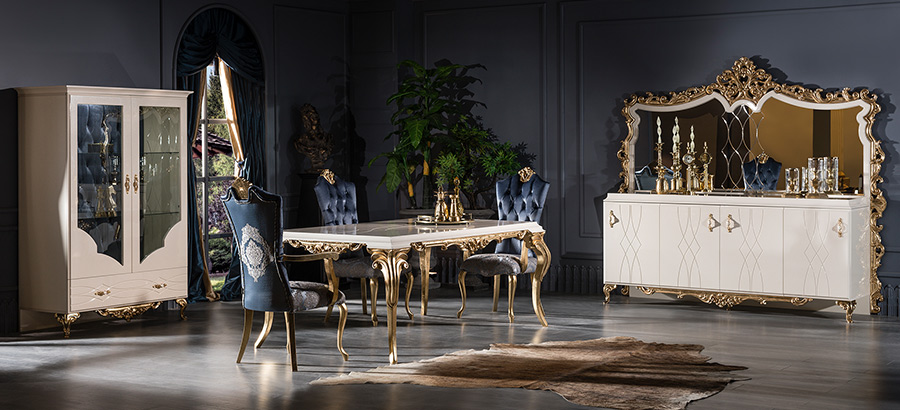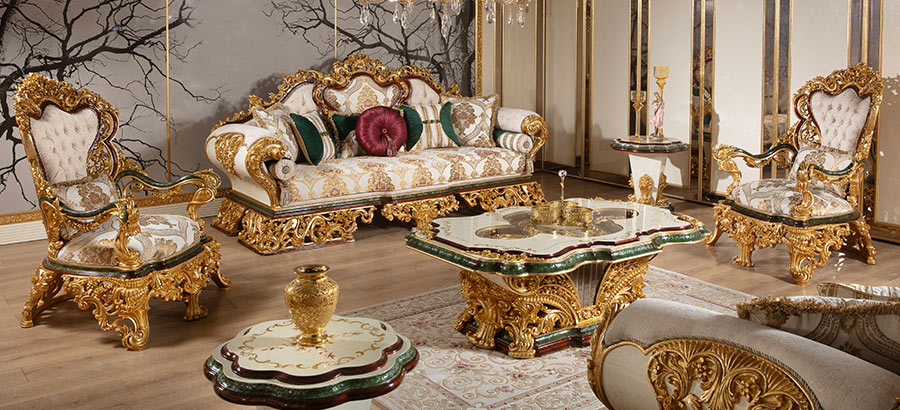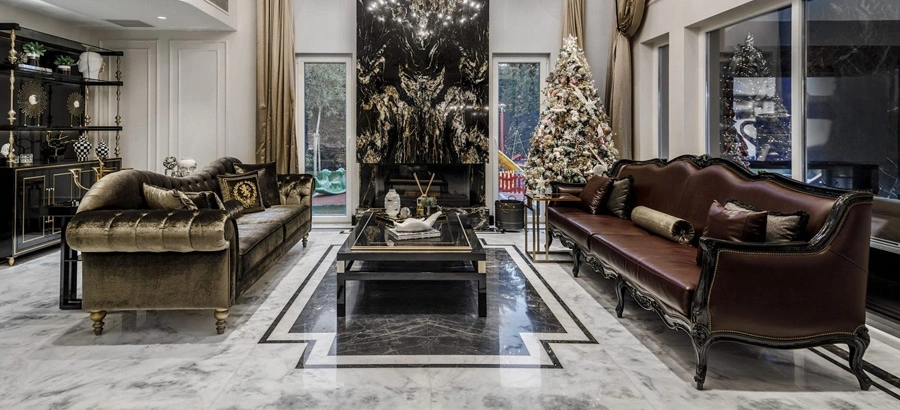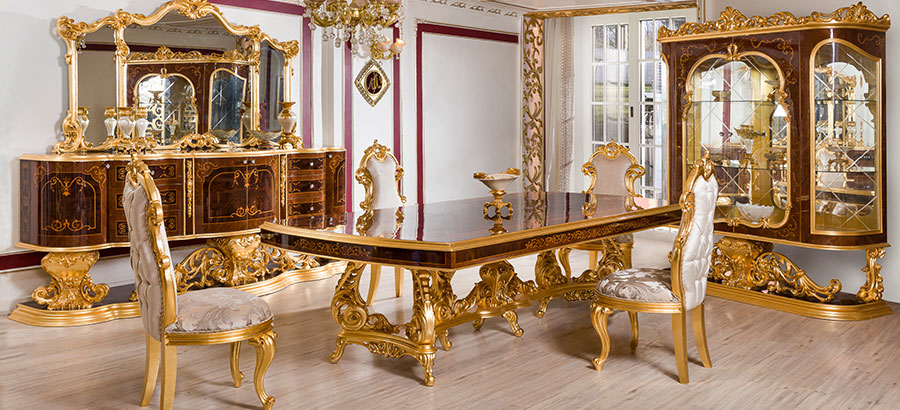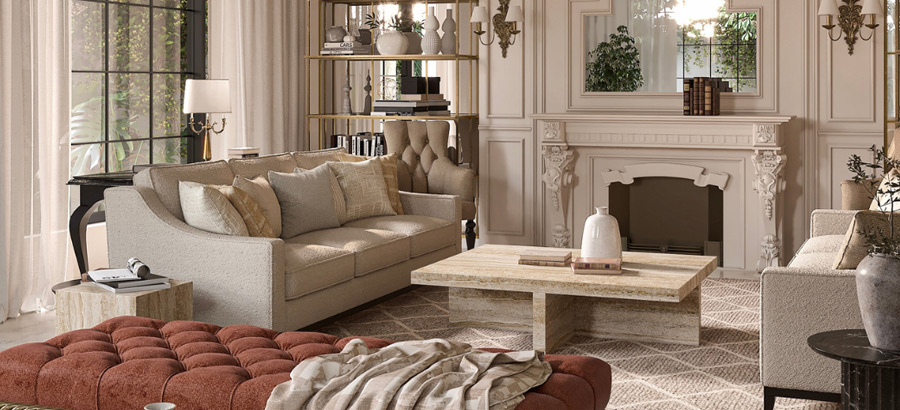Console tables are a versatile piece of furniture that can significantly enhance the functionality and aesthetic appeal of your home. Whether you are looking to fill an empty hallway, add style to your living room, or create a welcoming entryway, selecting the right console table can make a big difference. Here’s an in-depth guide to help you choose the perfect console table for your space.
1. Determine the Purpose
Before purchasing a console table, it’s essential to understand what you intend to use it for. Console tables can serve various functions:
Decorative Display: If your primary goal is to display decorative items like vases, artwork, or collectibles, choose a table with a simple design that allows your decor to stand out. Look for tables with a spacious top surface to accommodate your decorative pieces without overcrowding.
Storage Needs: For those who need extra storage, opt for a console table with built-in drawers or shelves. These features are ideal for organizing small items such as keys, mail, and electronic devices, helping to keep your space tidy and clutter-free.
Functional Surface: If you need an additional surface for holding everyday items like lamps, books, or a catch-all tray, ensure the table height and surface area are suitable for your needs. Consider a table with a robust construction that can support heavier objects if necessary.
Space Division: In open-plan spaces, console tables can also serve as subtle room dividers, helping to delineate different functional areas without blocking sightlines or natural light.
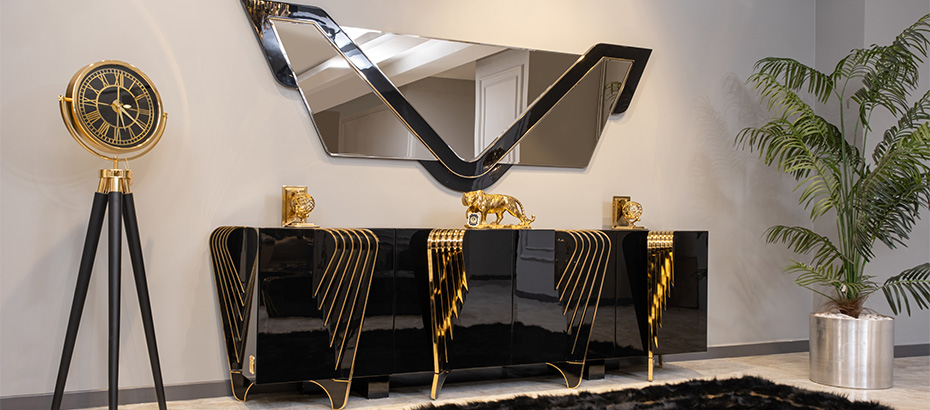
2. Consider the Space and Size
Console tables come in various sizes and shapes, making it crucial to choose one that fits your space perfectly.
Measure the Area: Before you begin shopping, measure the area where you intend to place the console table. Consider the width, height, and depth to ensure it fits well without obstructing walkways or other furniture. Leave enough space around the table to allow easy movement.
Scale and Proportion: The table should be in proportion to the surrounding furniture and the overall size of the room. In a large room, a small table might look out of place, while in a smaller space, a large table can be overwhelming. Pay attention to the visual weight of the table; a table with an open design will appear lighter than one with solid construction.
Placement Considerations: Think about the table’s placement in relation to windows, doors, and existing furniture. Ensure it doesn’t block light sources or impede movement.For a more vibrant living room, consider a neutral base with bold accent colors. For instance, a soft gray or beige wall can be complemented with rich jewel tones like emerald green, sapphire blue, or mustard yellow through cushions, rugs, and artwork.
3. Choose the Right Style
The style of the console table should complement your existing decor and enhance the overall aesthetic of your space. Here are some popular styles to consider:
Traditional: Traditional console tables often feature ornate details, rich wood tones, and classic designs. They are perfect for more formal or traditional settings and can add a touch of elegance to any room.
Modern: Modern console tables are sleek, with clean lines and minimalist designs. They often use materials like glass, metal, or light-colored woods, making them ideal for contemporary interiors that favor simplicity and functionality.
Rustic: Featuring distressed wood and natural finishes, rustic tables add warmth and charm to any space. They work well in farmhouse-style homes or settings that embrace natural, earthy elements.
Industrial: Characterized by raw materials like metal and reclaimed wood, industrial tables offer a unique, edgy look. These tables are perfect for urban lofts or modern homes that celebrate industrial design.
Transitional: If your style falls somewhere between traditional and modern, a transitional console table might be the right choice. These tables blend elements of both styles, creating a harmonious look that suits a variety of interiors.

4. Material Matters
The material of the console table not only affects its appearance but also its durability and maintenance requirements. Consider the following materials:
Wood: Wooden tables are classic and versatile, available in various finishes and styles. They can suit both traditional and contemporary spaces and are known for their durability and timeless appeal.
Glass: Glass tables create an airy, open feel and are perfect for small spaces, as they don’t visually clutter the room. However, they require regular cleaning to maintain their appearance and can be fragile.
Metal: Metal tables are durable and can add a modern or industrial touch to your decor. They are often combined with glass or wood to create a balanced look.
Marble: For a luxurious touch, consider a marble console table. Marble is elegant and sophisticated but can be heavy and requires careful maintenance to avoid staining and damage.
Acrylic or Lucite: These materials offer a modern, transparent look that can make a small space feel larger. They are lightweight and easy to clean but may scratch easily.
5. Focus on Functionality
Besides aesthetics, the functionality of a console table is crucial, especially if you have specific needs.
Storage Features: If you need storage, look for tables with drawers, shelves, or cabinets. These features are beneficial for organizing smaller spaces and keeping everyday items within easy reach.
Multi-use Design: Some console tables come with adjustable or foldable features, making them versatile for various uses, such as a desk, vanity, or buffet table during gatherings. Consider a table with adjustable shelves or a convertible design if you need flexibility.

6. Color and Finish
The color and finish of your console table should harmonize with your existing decor. Here’s how to choose the right one:
Neutral Tones: For a timeless look, choose neutral colors like white, black, or gray. These colors blend well with most decor styles and allow for easy redecorating in the future.
Bold Colors: If you want the table to stand out, opt for bold colors or unique finishes that make a statement. A vibrant color can act as a focal point in a neutral room, adding personality and flair.
Natural Finishes: Consider natural wood finishes for a warm and organic feel. Natural wood tones can add texture and depth to your space, creating a cozy and inviting atmosphere.
7. Budget Considerations
Console tables are available in a wide price range, so it’s important to set a budget before you start shopping. Here’s how to approach budgeting:
Affordable Options: If you’re on a budget, consider materials like MDF or laminate, which can mimic the look of more expensive materials. Look for deals and sales, or explore second-hand options for a budget-friendly purchase.
Investment Pieces: For a durable and stylish piece, consider investing in high-quality materials like solid wood or marble. These materials tend to be more expensive but offer longevity and timeless appeal.
Long-term Value: Consider the long-term value of your investment. A well-made console table can last for many years, making it a worthwhile purchase for your home.
